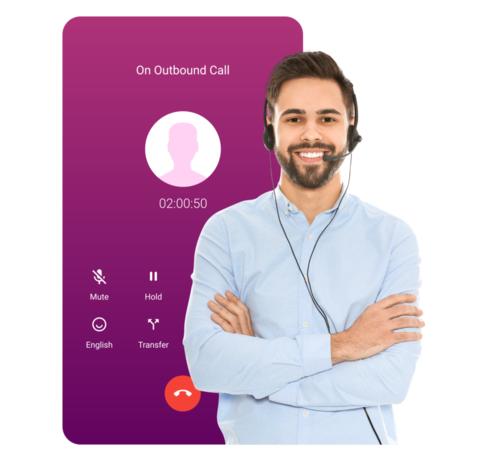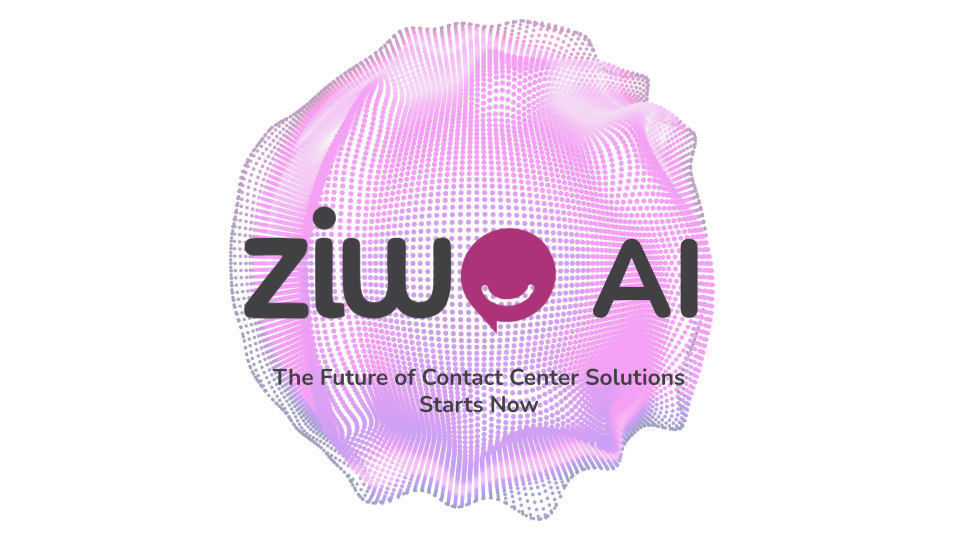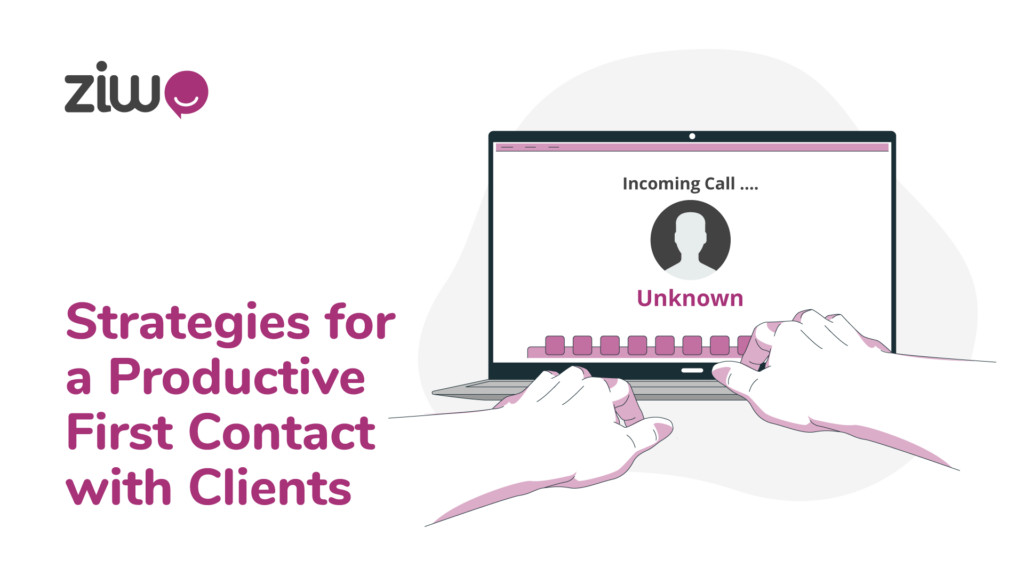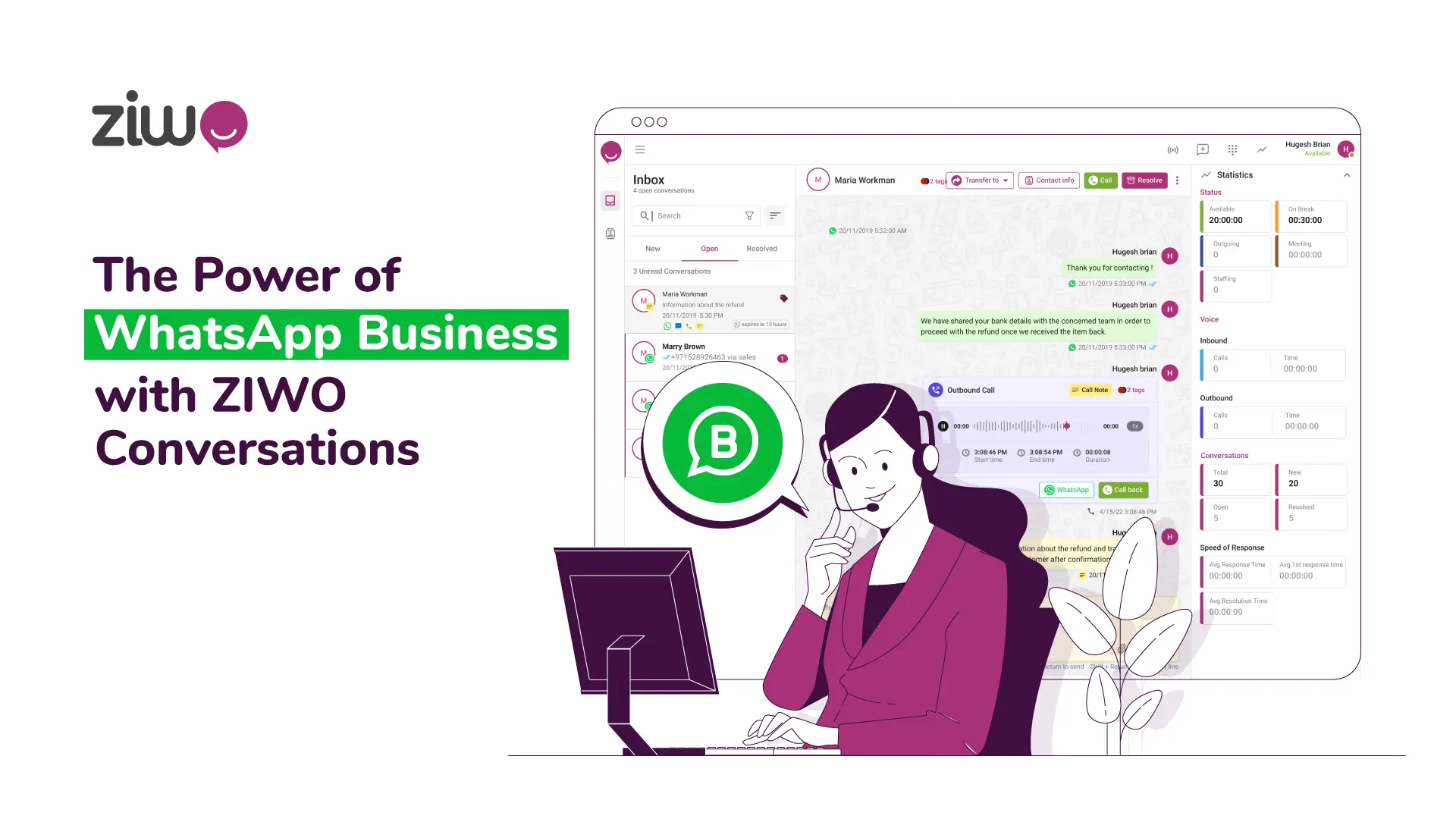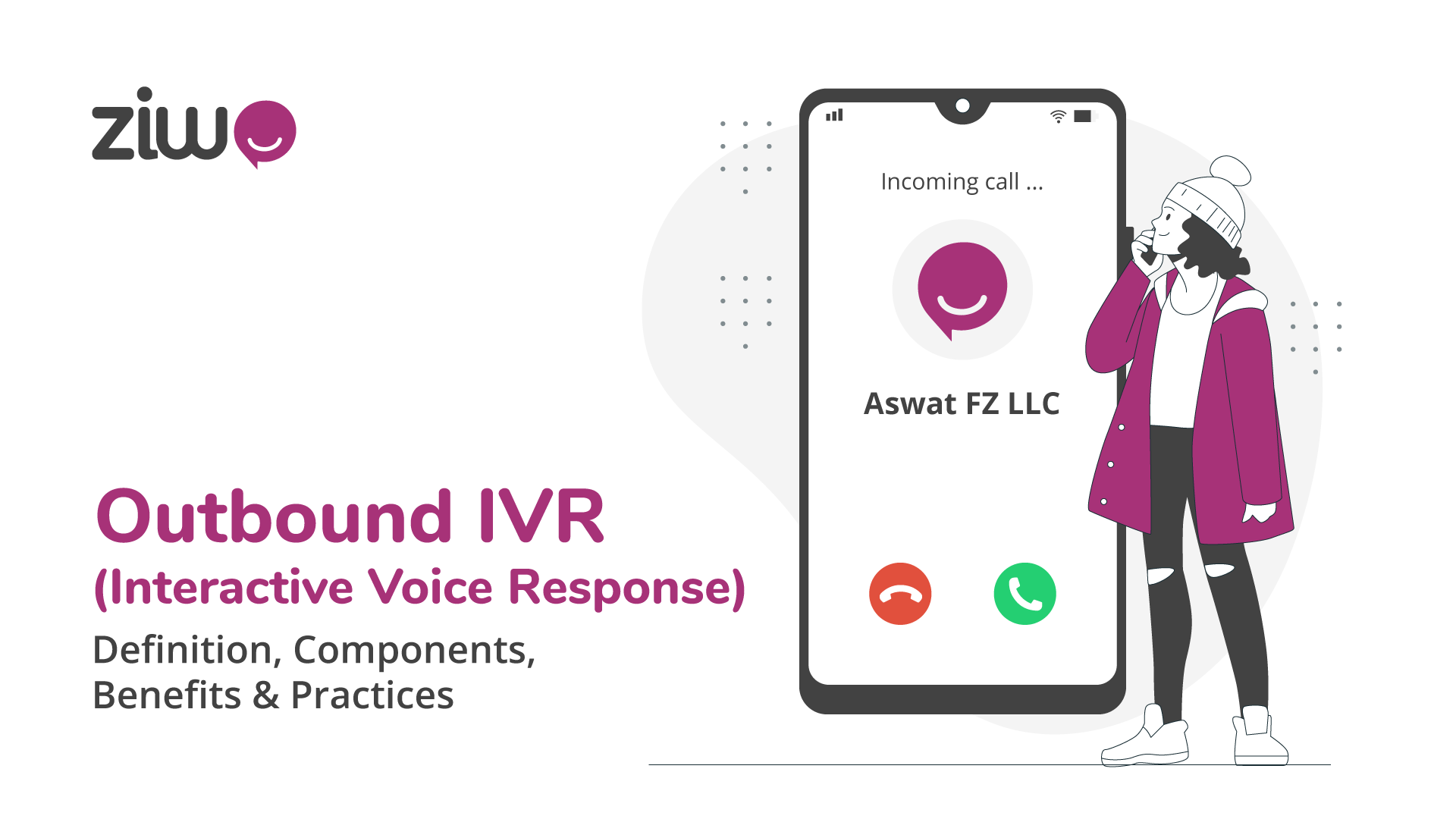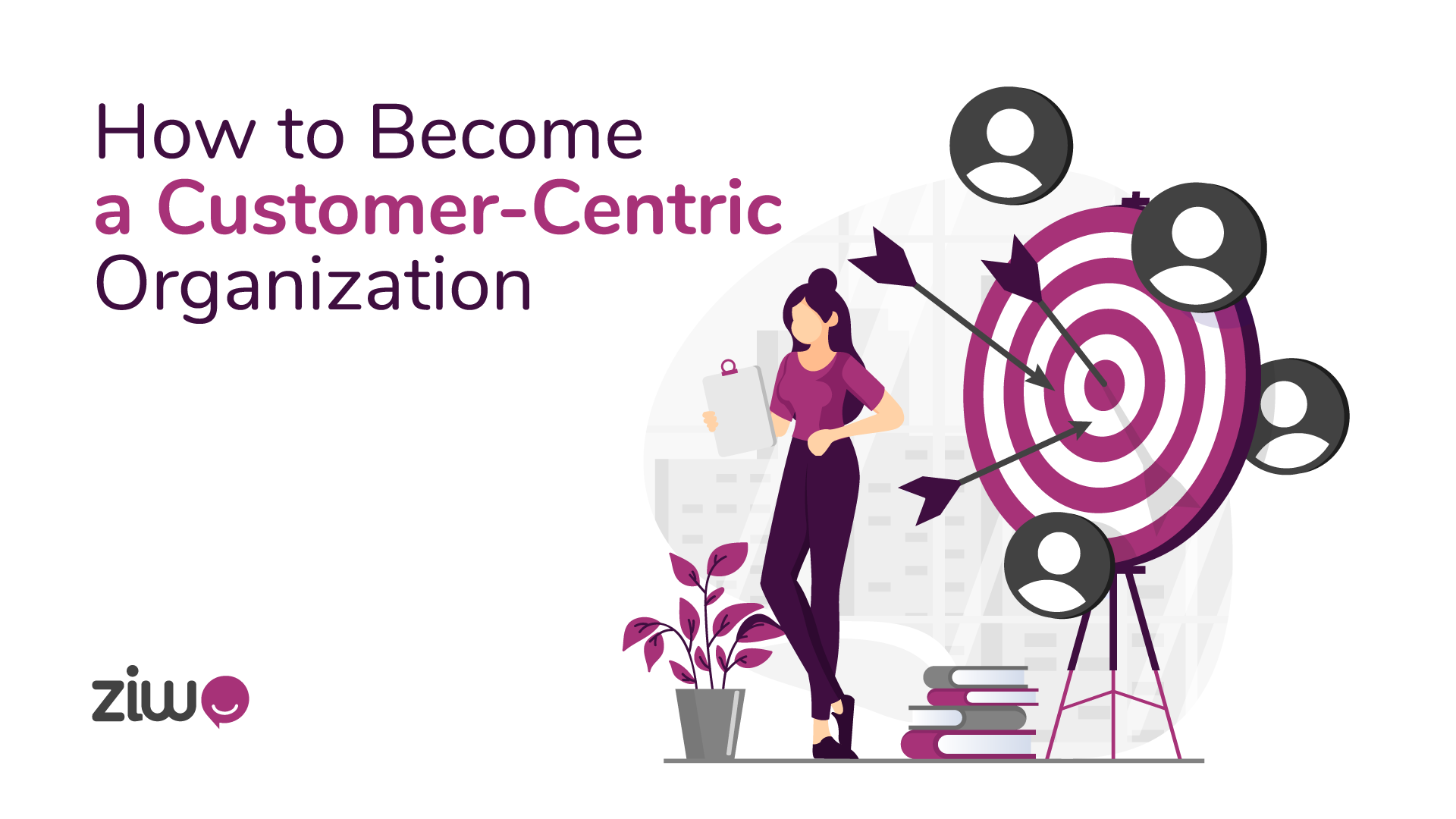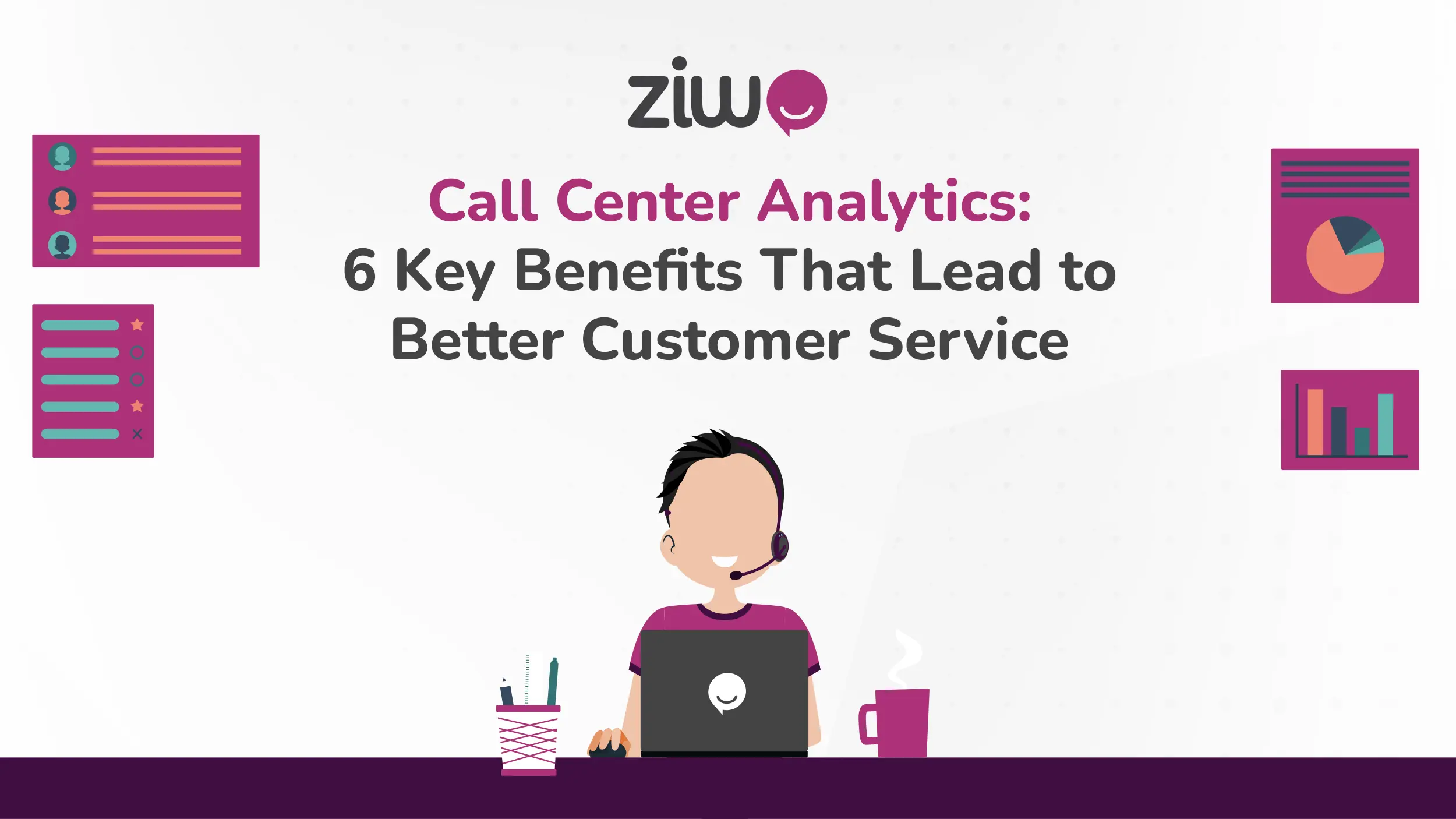
Call Center Analytics Software: 6 Key Benefits That Lead to Better Customer Service
Need more insights into your call center agents' efforts and the operations' efficiency?
Your call center has many elements that need real-time monitoring to ensure customer service quality.
Every slight change in your cloud call center might affect customer satisfaction and retention, so you need to examine everything happening on the floor.
That's why call center analytics software is becoming a major factor in making data-driven decisions to develop staff, upgrade tools, or even upsize!
Let us walk you through the most efficient features that make call center analytics software the one thing your business needs!
1- The Power of Data: Understanding Customer Interactions
Customers engage with your business through various channels and different media, including voice, text messages, social media platforms, and brick-and-mortar if it exists. In other words, call center analytics software has become a concept that gathers all the data related to the touchpoints between the business and customers.
Omnichannel call center analytics software defines the most used channels for customers in each case. When customer Adam Smith has a question, will he contact the call center by phone or send a message? When he faces a technical issue, does he go to the technical support section in the store or send an email explaining the issue’s details?
These customer insights empower you to make informed decisions about his interactions, putting you in control of the customer experience. All these activities help you understand more about your customer and the suitable platform to use with him in each case.
As you develop a relationship with the customer, the buyer persona your marketing team has developed becomes facts you determine and become sure of.
You can quickly learn data that helps you think strategically about the call center and its management. For example, you can identify:
- The rush hour is when the center receives the highest number of calls.
- The most prevalent cause that drives customers to contact the call center.
- Average waiting time for customers in the queue.
- The most used tags in calls by the customers.
- The average number of calls the customer makes till the call center agent resolves the issue.
2- Real-Time Analytics for Immediate Service Improvement
Call analytics, dashboards, alerts, speech patterns, and acoustics tracking accompany the call center analytics software to review customer interactions. So, the software can easily detect profane language, escalation attempts, compliance violations, and customer sentiment. In your opinion, how does this reflect operational efficiency?
Identifying Issues and Opportunities With Real-Time Data
A simple call might become dangerous, in which the customer threatens the agent by ending the contract and filing a trial against the company. To avoid this escalation, call center analytics software notifies team leaders of what's happening in the in-progress calls.
So, the leader can indirectly interfere with the call and support the agent by features like call whispering so he can handle the customer. Saving the day before a call turns into a scandalous, big problem makes dealing with a customer's complaints much easier.
Also, the analytics can discover any selling opportunity when monitoring the real-time call. The analyzed phrases will notify the agent and the team leader of the product that can remedy the customer's pain points. Again, the leader may manage the call himself or guide the agent to the tips that will drive the customer to convert.
Also, with the help of generative AI and NLP, which comprehend speech and text, the agents receive suggested responses to assist them during the call.
Tailoring Customer Interactions Through Instant Insights
Gathering data from different sources, such as call logs, emails, chat transcripts, and more, contributes to developing a personalized customer experience.
The call center analytics software understands customers' churn language and expressions before they leave. Thus, the software helps the business formulate a customized experience based on recorded preferences, activities, behaviors, and intentions.
The information your business can get from analyzing feedback and survey responses will help your team improve in different areas. Your corrective actions will result in higher satisfaction and better customer retention rates.
The customer's actions and interests help you build a database that could be the knowledge for FAQs that allow any other customer. So, they're automatically sent through available channels whenever a customer passes through a relevant situation.
3- Historical Data Analysis for Long-Term Strategy Development
Having current data of real-time activities is an edge; however, call center analytics software allows your business to review historical data and compare it to the most recent one. Monitoring what’s happening in the current minute could be useless if you don’t keep track of the previous minutes, hours, or even months.
Historical data analysis will always be an excellent alarm notifying you of possible threats or opportunities. Displaying data in a granular form lets you notice every detail that might positively affect your decision with crucial business elements.
With the help of this kind of analysis, you will be able to predict the future outcomes of any improvement based on the results of previous similar enhancements. So, your call center can forecast call volumes and staffing requirements to achieve operational efficiency. This will produce better outcomes for the call center, like:
- Better resource allocation.
- Fewer wait times.
- Higher agent productivity.
4- Enhancing Agent Performance With Analytics
Whether your call center is inbound, outbound, or both, you must check your agent's performance. Reporting turns the raw data that call center software provides and accumulates them into an accessible, comprehensive summary. Then, analytics allows you to determine the actionable insights and observable improvements. No more dealing with mountains of data to explore performance gaps; call center software's organizational and analytical capabilities will do the job instead.
Training and Development Based on Data-Driven Insights
Based on data-driven Insights, you and the team leaders can find the weak points extracted from the agents' spoken words and interactions and determine the quality of each call. According to the analytics, you can organize training sessions and workshops that improve the typical soft skills and required technical knowledge each call center agent should have.
The analytics will cover the challenge the L&D department faces with every training program; according to Harvard Business Review , only 12% of employees apply the new skills they learned from training programs to their jobs, which means conducting the training utilized insufficient data that led to misselecting the topic of training.
Motivating Staff With Clear Performance Metrics
Numerous metrics drive the call center agents' performance higher than expected. Call center analytics software can seamlessly deliver all of them, for example:
- Active Waiting Calls: This metric allows you to compare the number of calls actively operated by agents to the number of calls left on hold. You can measure this by measuring the number of calls per hour to determine when your call center receives the highest call volume.
- Average Speed of Answer: This metric measures the time it takes for the agent to pick up an incoming call. A popular call center standard says agents should answer 80% of incoming calls in 20 seconds or less.
- Average Talk Time: The time elapsed from when the agent picks up the line until he hangs up. This metric perfectly indicates how much time the agents offer customers.
- Wrap-Up Time: After wait time, the handling time is consumed from when the customer contacts the call center until the specialized team resolves the issue. The wrap-up time remains after the call ends, during which the agent performs and delegates tasks to fix his customer’s problem.
- Missed Calls: Call center software can track missed calls so that agents can try to call back. However, if a customer calls and none of the agents answer, it does matter, as it lowers customer satisfaction. Putting more attention on this metric will always put your business ahead of competitors.
- Transfer Rate: The percentage of inbound calls that the assigned agent routes to another team member or department helps you determine the IVR's efficiency and whether the prompts really represent what the caller wants.
- Agent Utilization Rate: Haven’t you asked yourself before how much time your agent spends answering inbound calls from his total working hours? The metric accurately answers this question, excluding lunch breaks or away times.
- Adherence to Schedule: Another essential metric that small call centers must manage is any lateness or unplanned leaves that can increase call on hold and call abundance rates.
- Call Answered Per Hour: It’s a metric that shows the number of calls each agent answers each hour. It’s a variable metric that changes according to the timing; is it day or night? Is it a particular season for your business or on regular days? And so on.
5- Customer Feedback Analysis for Continuous Improvement
Collecting feedback and knowing what customers think of your experience is the beginning. Call center analytics software helps you process these positive comments and criticisms into positive actions.
After the software gathers the feedback, it can help you determine the enhancements that can be part of short-term and long-term plans, which improves prioritization.
The software applies a customer feedback loop process, where the system gathers feedback continuously and recommends improvements to the customer experience.
Post-call surveys are considered the primary method to gather feedback. Here, you formulate the questions that produce critical insights about the customer experience.
6- Integrating Analytics With Other Software Solutions
A 360 integration across channels with real-time dashboards tracking every integrated business element. The analytics guarantees continuous customer experience improvement to meet the degrees of responsiveness, transparency, and accuracy he’s calling.
The software integration allows your business to track the customer journey and touchpoint interactions across all channels. It’ll also explore bottlenecks and any struggles the customer may face.
With call center software, reports are turning smart! All conversations and conditions the customer passes through and kept on a CRM will automatically show up with every new activity, displaying all the customer’s statistics in brief.
Overcoming Challenges in Implementing Analytics Software
There are three main challenges we can see with call center analytics, and they have solutions that might take time, consume effort, or even need separate budgets. So, you still can deal with them, but we need to clarify to you:
1- Large Volume of Data
Analytics deals with multi-source data that is crucial to call center agents, administrators, and business managers. As the volume of aggregated data increases, it might become challenging and overwhelming to managers. They will utilize data from calls, chats, emails, social media interactions, and more.
2- Lack of Trained Team Members
Not all call center agents have the skills to interpret the analytics the software provides about customers. That’s why training programs are needed to ensure employees have almost the same skill base.
3- Poor Manual Workflows
To experience the efficiency of analytics results, your system should adopt automated workflows that streamline operations without requiring manual processes that are prone to errors and time-consuming.
Future Trends in Call Center Analytics and Customer Service
Software developers integrate emerging technologies with omnichannel call center analytics software to provide a better customer experience. Augmented and virtual reality are top integrations that we expect to attract the attention of call center experts soon.
These technologies will improve customer support so Ops engineers can see the customer’s environment virtually and help him with any troubleshooting services. Also, it’ll help agents learn faster from real cases during their training programs.
Conclusion: Analytics as a Foundation for Customer Service Excellence
Companies ensure a 360-view of the customer and provide continuous, quality service that meets expectations with the help of call center analytic software. It aggregates data from all touchpoint interactions: phone, email, social media or live chat to provide consistent and effective customer experience.
References
1 – Learning and development in companies:
¹ Harvard Business Review (2019). Where Companies Go Wrong with Learning and Development. Available at: https://hbr.org/2019/10/where-companies-go-wrong-with-learning-and-development
